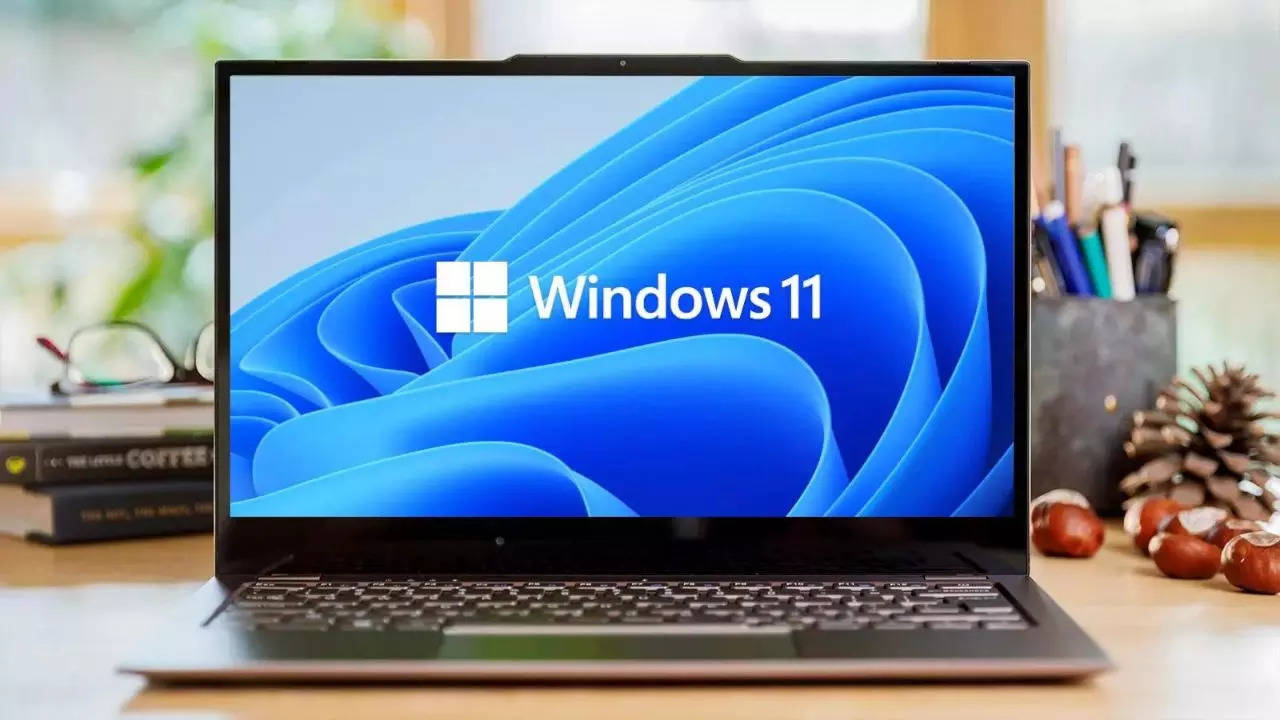
The field of quantum computing has long been dominated by discussions centered around gate-based quantum computers. However, as highlighted in a recent report by the Quantum Computing Report by GQI, this technology is merely one aspect of a broader spectrum. The report sheds light on the growing importance and potential of alternative physics-based processors, including quantum annealers, simulated bifurcation machines, Lightsolver, and the Coherent Ising Machine (CIM), particularly for tackling combinatorial optimization problems. Such problems could account for up to one-third of the total market for quantum applications, signifying a substantial opportunity for the development of these specialized processors.
The report revisits the development of CIMs, focusing on the work being conducted by NTT Research in collaboration with various Japanese and North American academic partners. CIMs operate by sending photon pulses through an optical loop, employing controlled feedback to amplify or attenuate pulses based on the correctness of the solution. This technology, which can potentially extend to handle hundreds of thousands or even millions of photons, was initially explored at Stanford University. Despite its promise, early versions, including one utilizing 1 km of fiber optic cable, faced challenges such as size, cost, speed, and stability, often influenced by environmental factors like temperature changes.
In response to these challenges, NTT Research is now pioneering the integration of CIM technology at the chip level using Thin Film Lithium Niobate (TFLN), a move expected to revolutionize the field much like the transition from vacuum tubes to integrated circuits did for classical computing. TFLN chips promise to make the systems smaller, faster, more reliable, affordable, and easier to manufacture, largely leveraging semiconductor manufacturing techniques.
A conceptual diagram provided by NTT Research illustrates the envisioned implementation of the photon loop on a TFLN chip. This initiative is part of broader efforts to harness the superior optical and non-linear characteristics of TFLN, not just for quantum computing but also for applications like photonic neural network processors optimized for machine learning. The thin film variant of Lithium Niobate, being relatively new compared to its bulk counterpart widely used in telecom applications, offers significant advantages such as wide optical transparency, low optical losses, and compatibility with nanofabrication processes. While traditionally, photonic-based quantum computers have utilized silicon on insulator (SOI) or silicon nitride, the inherent qualities of TFLN might eventually position it as the preferred material.
The current reliance on NANOLN, a company based in Jinan, Shandong province, China, for the supply of TFLN wafers highlights the need for diversification in the supply chain to ensure its robustness. As the quest for efficient, practical quantum computing solutions continues, the development of CIMs using TFLN technology stands as a testament to the innovative approaches being pursued across the globe. This progress not only enriches the quantum computing landscape but also paves the way for next-generation computing paradigms.
Source






